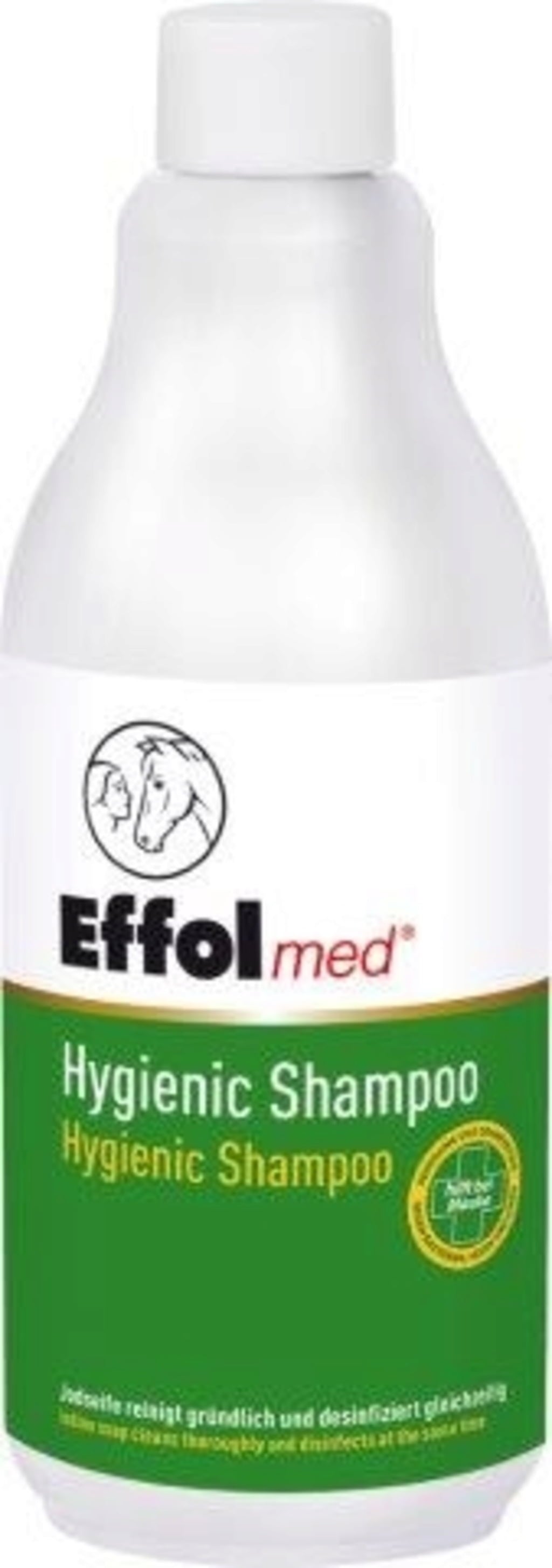What are Mallenders?
The term mallenders covers a variety of skin conditions that are actually known as tether dermatitis. It can be caused by a variety of bacteria that thrive primarily in muddy, wet conditions.
It is therefore an infection that can lie dormant in the horse's skin and only becomes active when the surface of the skin is damaged, which usually happens through prolonged exposure to damp conditions.
When a horse becomes ill with foot-and-mouth disease, the signs are quite pronounced and include matted areas of skin with crusted scabs, as well as underlying lesions. Often, a thick discharge also develops between the skin and the overlying scab.
Swelling or an elevated temperature is also often noticeable, with the horse responding to pressure or flexion of the affected limb because it is in pain. Finally, hair loss can leave inflamed, rough-looking skin, which in severe cases can break open on the back of the leg. This is when the horizontal cracks characteristic of cracked heels appear.
It is extremely important that you are sure that it is mange. If your horse has never had it before, you should consult your veterinarian so that you can clarify whether it really is mange. Only then can your horse receive the right treatment. If you know that your horse is susceptible to mange, it is important to keep his legs as dry as possible.
Try to prevent your paddock from becoming very churned up, as the bacteria are transmitted through the soil. It can be helpful to change the place where you enter the pasture and to move the water troughs regularly. Particularly muddy areas can also be covered with straw or sand.
If it does happen that your horse gets mange, you should act at the first signs. This will ensure that the infection clears up as quickly and easily as possible.
How can you treat Mallenders?
If your horse suffers from mallenders, it is essential that you try to keep its legs dry.
For direct treatment, you should wash the affected areas with warm water (never cold). After washing and rinsing, you must dry the affected areas thoroughly. This can be difficult on horses with thick coats, so you may need to consider shearing the affected areas.
Once your horse's legs are clean and dry, apply a thick layer of protective cream, ideally with antibacterial properties, to the affected area. Veterinarians can recommend the right products. Because there are different creams available, you should always seek veterinary advice on which cream is best for your horse. Remember: Always test the cream on a small area of skin for 24 hours first. You need to be sure that your horse tolerates the cream well. The application of the cream or further treatment should also be done in consultation with and according to the recommendations of a veterinarian.
Important points for the successful treatment of Mallenders
The earlier you recognise an infection, the easier and faster it can be treated. So check your horse's legs regularly for the first signs, especially if they are prone to it.
- For a successful treatment, you need to keep your horse's legs as dry as possible.
- Shearing the legs when the coat is thick makes the treatment much easier.
- Removing the scab is the key to starting the healing process. Follow the veterinarian's instructions.
- Using a barrier cream will prevent further infection and promote healing.
- If in doubt, it is best to always seek veterinary advice! It is better to ask once too often than once too little.
At EquusVitalis we have a few sprays on offer that can help against Mallenders. These include the Derma Spray from Cavalor, a pre- and probiotic skin spray, the EHM Derma Liquid from Eggersmann and Bac-Control from Speed. The leovet silver ointment for wound care can also help.
Related products
-
 5.0 (3)
5.0 (3)Cavalor Derma Spray, 250 ml
- Suitable for cleansing wounds
- Formulated with pre- & probiotics
- pH-neutral
£24.50 (£98.00 / l)Delivery by April 29
-

SPEED Bac-Control, 500 ml
- For sweet itch and thrush
- For quicker recovery
- pH-neutral and skin-friendly
£29.00 (£58.00 / l)Delivery by April 29
-
 5.0 (4)
5.0 (4)Effol med Hygienic Shampoo, 500 ml
- Against bacteria, fungi, viruses
- For infections and skin diseases
- Moisturising
£19.30 (£38.60 / l)Delivery by April 29
-
 4.8 (4)
4.8 (4)Carr & Day & Martin "Protection Plus" Antibacterial Ointment, 500 ml
- Pink ointment
- With citronella oil
- Versatile
£16.40 (£32.80 / l)Delivery by April 29
Magazine Articles:
Discover EquusVitalis:
-
Great Britain: Free standard delivery from £79.90
-
Free
returns -
We operate in a
climate-conscious manner. More than 10.100 products
